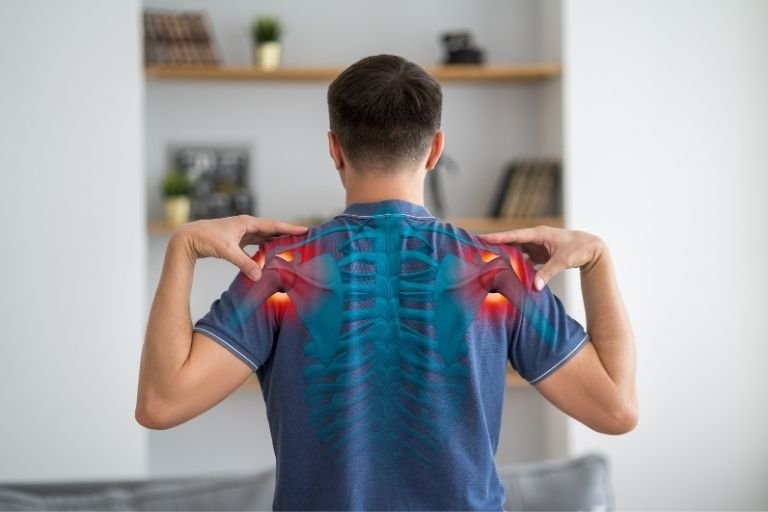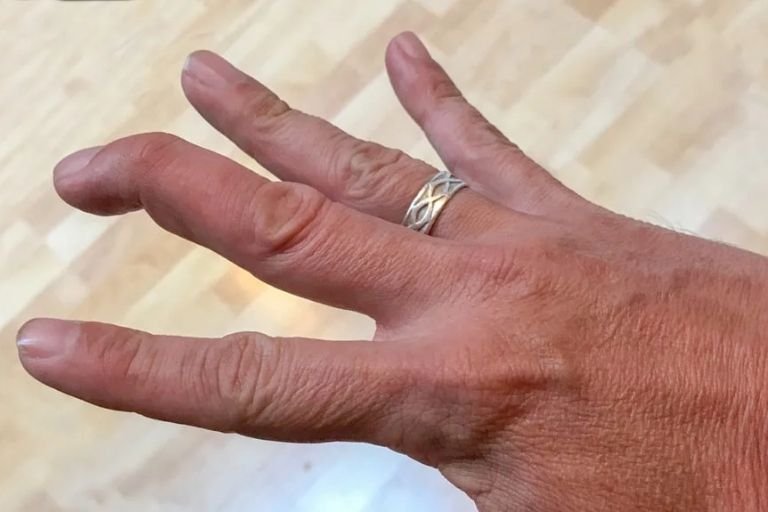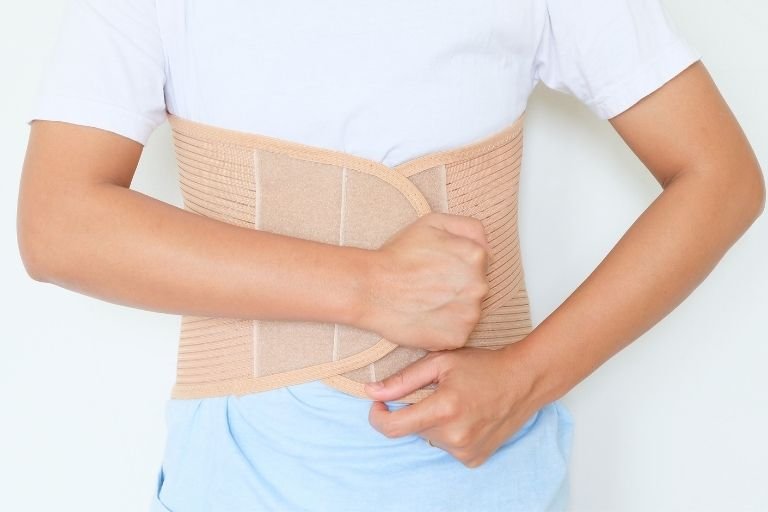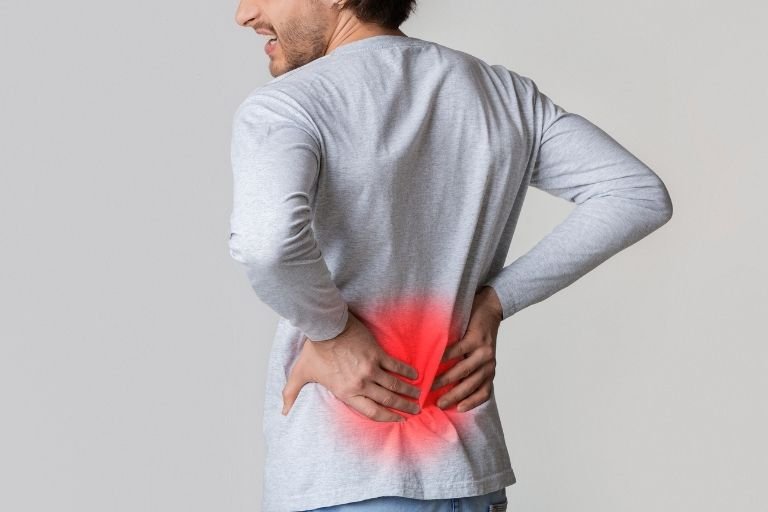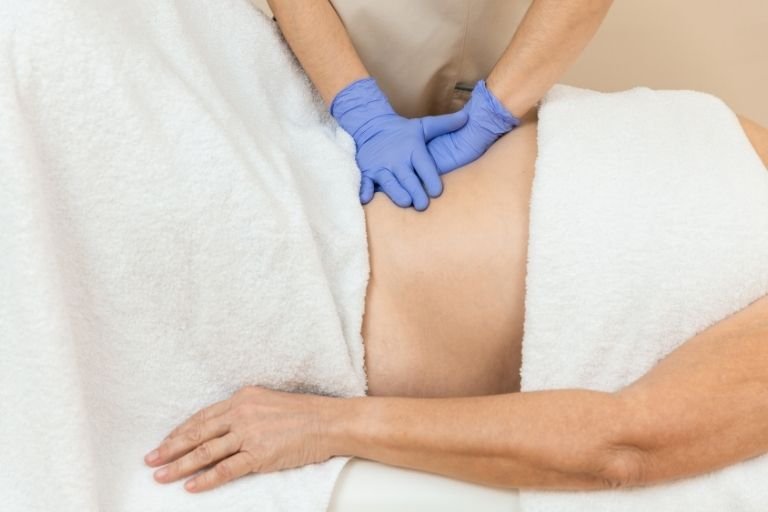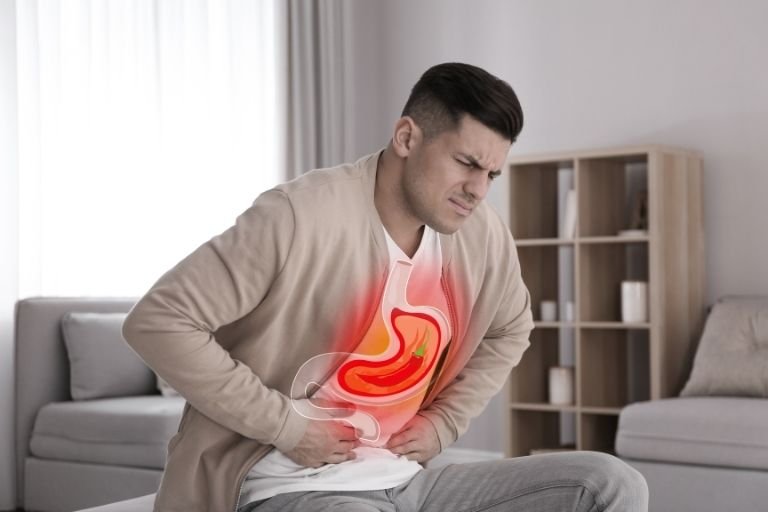- Fitwell Physiotherapy
Mechanical Low Back Pain

Mechanical low back pain, often referred to simply as “back pain,” is one of the most common musculoskeletal complaints, affecting people of all ages. It is characterized by pain, stiffness, and discomfort in the lower back region. Here’s a breakdown of its symptoms, causes, when to seek help from a physiotherapist, risks, prevention strategies, and available treatments:
Please submit your details below.
Symptoms:
- Pain: Typically localized in the lower back area, sometimes radiating to the buttocks or thighs.
- Stiffness: Difficulty in moving or bending the back, especially after prolonged sitting or standing.
- Muscle spasms: Sudden, involuntary contractions of the back muscles.
- Limited range of motion: Difficulty in performing everyday activities like bending, twisting, or lifting objects.
Causes:
- Muscle strain: Overstretching or tearing of muscles or ligaments due to sudden movements, lifting heavy objects improperly, or poor posture.
- Herniated discs: The soft cushion-like discs between the vertebrae can bulge or rupture, pressing on nearby nerves and causing pain.
- Degenerative disc disease: Wear and tear of the spinal discs over time, leading to loss of disc height and instability.
- Spinal stenosis: Narrowing of the spinal canal, often due to age-related changes, causing compression of nerves.
- Skeletal irregularities: Conditions like scoliosis or lordosis can put extra stress on the spine, leading to mechanical back pain.
When to See a Physiotherapist:
- Persistent pain: If the pain lasts for more than a few days despite self-care measures.
- Radiating pain: Pain that spreads down the legs, accompanied by numbness, tingling, or weakness.
- Difficulty in daily activities: If back pain interferes with your ability to perform routine tasks or affects your quality of life.
- History of back problems: Especially if you’ve had recurring episodes of back pain or previous spinal injuries.
Risks:
- Sedentary lifestyle: Lack of physical activity weakens the muscles supporting the spine, making it more susceptible to injury.
- Poor posture: Slouching or sitting with improper spinal alignment can strain the muscles and ligaments of the back.
- Obesity: Excess weight puts extra stress on the spine, increasing the risk of mechanical back pain.
- Occupational hazards: Jobs involving heavy lifting, repetitive movements, or prolonged sitting can contribute to back pain.
Prevention:
- Regular exercise: Strengthening exercises for the core muscles and flexibility exercises can help support the spine and prevent injuries.
- Maintain good posture: Practice proper body mechanics when sitting, standing, and lifting objects.
- Healthy lifestyle: Maintain a healthy weight, eat a balanced diet, and avoid smoking, as it can impair blood flow to the spine.
- Ergonomic adjustments: Use supportive chairs, desks, and equipment to minimize strain on the back during work or daily activities.
Treatments:
- Physical therapy: A physiotherapist can design a personalized exercise program to strengthen the back muscles, improve flexibility, and correct posture.
- Pain management: Over-the-counter pain relievers, muscle relaxants, or topical creams may help alleviate discomfort.
- Heat and cold therapy: Applying heat packs or ice packs to the affected area can help reduce inflammation and relieve pain.
- Manual therapy: Techniques such as massage, spinal manipulation, or mobilization can help improve spinal alignment and reduce muscle tension.
- Education and lifestyle modifications: Learning proper lifting techniques, ergonomic principles, and stress management techniques can prevent future episodes of back pain.
In severe cases or if conservative treatments fail to provide relief, surgical intervention may be considered, but it’s usually reserved for specific conditions like herniated discs or spinal stenosis. Overall, early intervention, combined with lifestyle modifications and proper self-care, can effectively manage mechanical low back pain and improve quality of life.






















